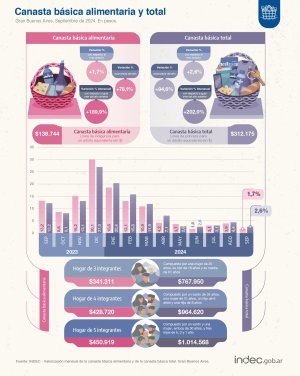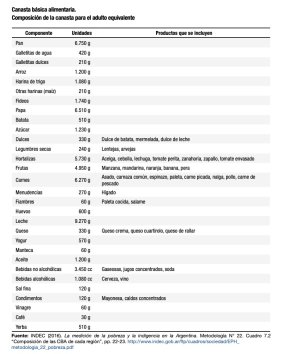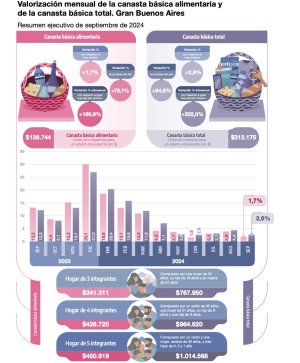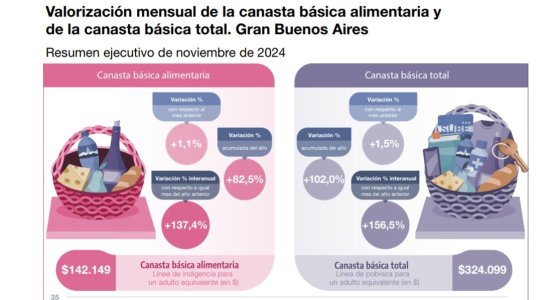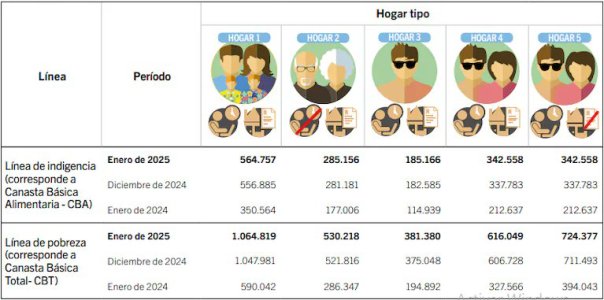Just deplorable that so many are earning so little. 70% earning less than 550,000 pesos per month. Less than $500 dollars a month.

 www.batimes.com.ar
www.batimes.com.ar

70% of workers in Argentina were earning under 550,000 pesos a month in June
Seven out of every 10 households were earning less than a million pesos a month in June, according to INDEC data.


